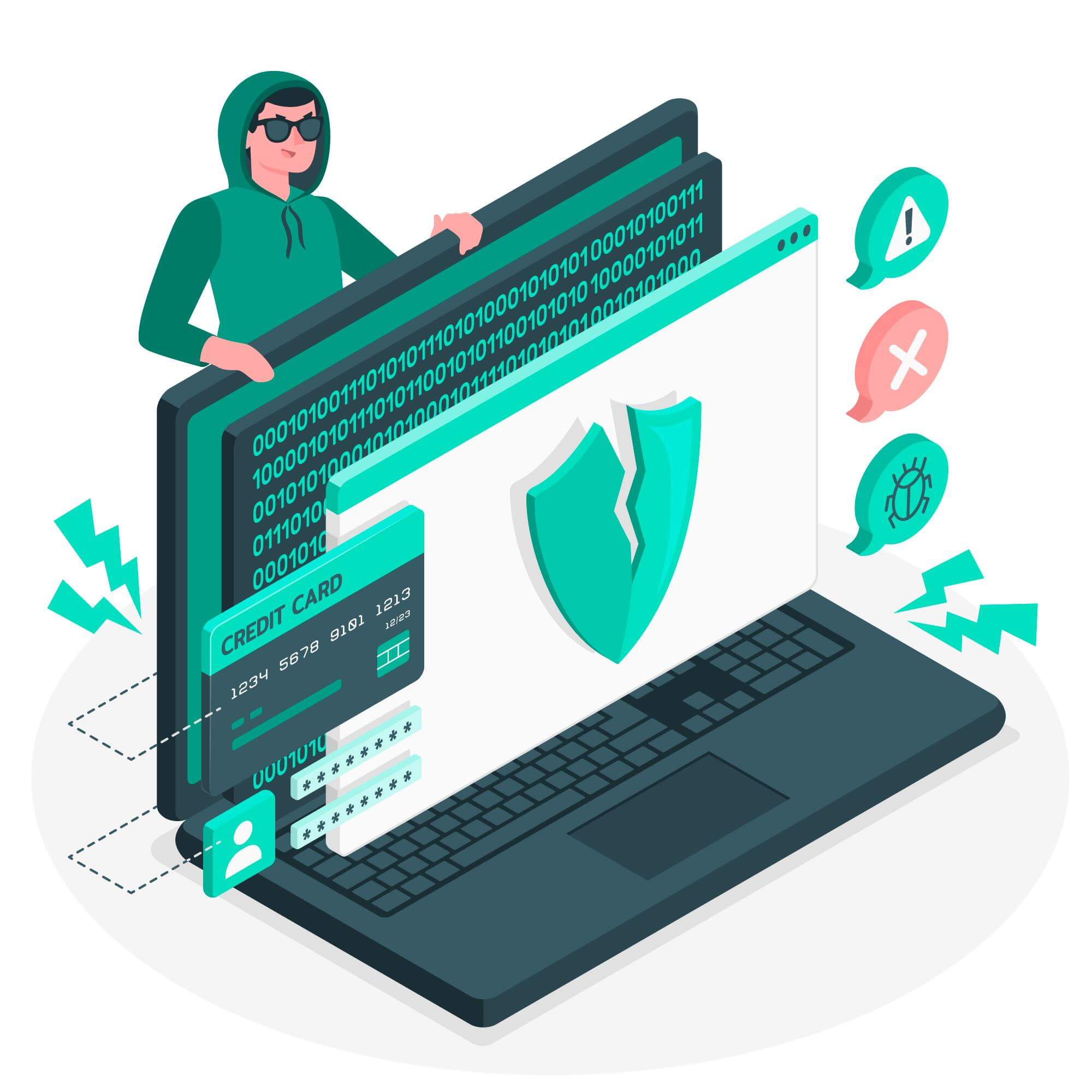Preparing your business for whatever comes its way not only provides you with a lot of peace of mind but it helps to ensure your company will be able to weather any storm – including a cybersecurity attack. Unfortunately, cybersecurity attacks are becoming increasingly common, with small businesses being targeted more frequently. While you may think that your business is too small to interest hackers, the truth is that any business can be a target. Today, we’ll share five steps for managing your cybersecurity risk and how registering for a cybersecurity course offers you the chance to get ahead of the curve.
Is Your Company Prepared For A Cybersecurity Attack?
First, let’s cover some red flags that could make your business unprepared for a cybersecurity attack.
- You have no cybersecurity plan in place: A cybersecurity plan helps you identify your risks and formulate a strategy for dealing with them. Without a plan, you will be flying blind if an attack happens, and your business is more likely to suffer from significant damages.
- You don’t train your employees in cybersecurity: Your employees are one of the most significant risk factors when it comes to cybersecurity. They may not be intentionally putting your business at risk, but they may not know how to spot a phishing email or other red flags. Investing in cybersecurity training can help to mitigate this risk.
- You have outdated software: Outdated software with vulnerabilities is one of the most common ways hackers gain access to systems. Ensuring that all of your software is up-to-date can make it much more difficult for hackers to get in.
If any of these sound familiar, don’t panic – you’re not alone. However, it does mean it’s time to take action.
5 Steps to Managing Cybersecurity Risk
So, what can you do to protect your business? Here are five steps to managing risk:
Understand Your Cybersecurity Risks
The first step in managing cybersecurity risk is understanding your business’s risks. This can be a difficult task, as many potential risks exist. However, taking the time to sit down and identify the specific risks that your business faces will go a long way in helping you to manage those risks effectively.
One way to help you identify risks is to register for a cybersecurity course. Among other cybersecurity topics, this type, of course, can help educate you on various types of threats out there as well as how to identify them.
Develop a Cybersecurity Plan
Once you understand your business’s risks, it’s time to develop a plan for dealing with those risks. This cybersecurity plan should be tailored specifically to your business and its needs. It should cover everything from how you’ll deal with a data breach to what steps employees need to take to stay safe online.
Here are some of the critical components that should be included in your cybersecurity plan:
- A clear cybersecurity policy: This document should outline your company’s stance on cybersecurity and employees’ expectations.
- An incident response plan: These plans outline the steps you’ll take in the event of a data breach or other cybersecurity incident.
- A risk management plan: This helps you identify and assess risks and put together a strategy for dealing with them.
- Employee training: As we mentioned above, employee training is critical regarding cybersecurity. Your plan should include regular training sessions on cybersecurity best practices.
- Regular updates: Your cybersecurity plan should be reviewed and updated regularly to ensure it remains relevant and effective.
Invest in Cybersecurity Training
As we mentioned earlier, one of the best ways to manage risk is to invest in cybersecurity training for your employees. Educating them on cybersecurity risks and best practices can help reduce the risk of an attack.
In these courses, employees will learn about topics such as cybersecurity awareness, phishing attacks, and password security. They might also have the chance to put their knowledge into practice with exercises and simulations.
Keep Your Software Up-To-Date
One of the simplest but most effective cybersecurity measures is ensuring that all of your software is up-to-date. Remember: outdated software is one of the most frequent ways hackers gain access to systems, so this is a vital step in keeping your business safe. In addition, when new updates are released, make sure to install them as soon as possible.
On the topic of software, consider investing in cybersecurity software too. This type of software can help detect and prevent attacks and provide real-time insights into your cybersecurity posture.
Regularly Review Your Cybersecurity Plan
Finally, it’s important to regularly review your cybersecurity plan to make sure it’s still effective. As your business changes and grows, your risks will too. By reviewing your plan regularly, you can ensure that it consistently meets your business’s needs.
To ensure your cybersecurity plan is meeting the needs of your organization, here are some key questions to ask:
- Is our cybersecurity policy still relevant?
- Do our employees understand and comply with our cybersecurity policy?
- Do we have the right cybersecurity software in place?
- Are our cybersecurity procedures up-to-date?
- Do we need to make any changes to our incident response plan?
By asking these questions, you can help to ensure that your cybersecurity plan is always effective.
Conclusion
Cybersecurity is becoming more and more consequential for businesses of all sizes. By taking the time to understand your risks and put together a plan for dealing with them, you can help to keep your business safe. Registering for a cybersecurity course is one way to get started and will help reduce the risk of an attack. Finally, it’s essential to regularly review your cybersecurity plan to make sure it’s still effective. As your business changes and grows, so too will your risks. By reviewing your plan on a regular basis, you can ensure that it consistently meets your business’s needs.






